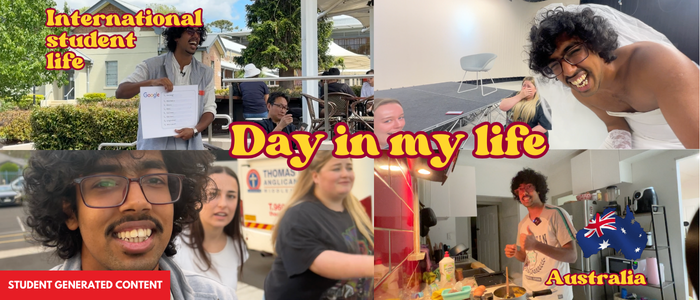By Debbie Shankar:
The neon lights dance, the beat drops and thousands of ravers throw their hands in the air in celebration. But there’s a darkness behind all the excitement.
Electronic dance music (EDM) culture carries an association with substance abuse and escapism. Festivals like Above and Beyond, Stereosonic and Defqon1, seem to focus not just on the DJs but on the experience itself. This “experience” is often akin to “getting high while dancing and being lost in the moment.”
With school holidays looming, the need for awareness is greatly important as attendance at these events is usually made up of school leavers. For many, it’s the first time they will try taking illegal substances.
Many partygoers aren’t aware of what they actually taking. Detective Inspector Grant Healy from Penrith police told the ABC that many people don’t realise what they’re ingesting and how harmful it is. Many ecstasy pills contain PMA, a far more toxic drug that mimics the effects of MDMA.
Lauren Ziegler, editor-in-chief of music news platform Howl & Echoes, said “in an ideal world, the media would argue for regulation, testing kits at events, education and harm reduction.”
According to the Australian Drug Foundation (ADF), users of MDMA and especially those who are dancing, run an increased risk of both dehydrating and drinking too much water.
The ADF recommends users to “drink about 500mls of water every hour if active, or 250mls if inactive”, as prolonged dancing can cause considerable “stress on the cardiovascular system and raise body temperature.”
Ecstasy should not be mixed with any other drug, legal or illegal. Consumers should not drive a vehicle while using ecstasy or take alcohol as alcohol dehydrates the body further.
Anita*, an avid festival-goer and user of MDMA said, “I take one or two pills at festivals because it’s a sense of rebellion and excitement,” but she added that knowing “recovery methods” was highly important.
Due to past incidents, holiday periods are heavily monitored by law enforcement agencies using drug detection dogs, continuous police presence and personal searches. A 26-year-old man recently died at Sydney’s Defqon.1 trance festival and eight others were hospitalised. Whether drugs were a factor in the death is still being investigated.
Taking MDMA relies heavily on the convenience of taking a pill as it has longer-lasting affects with much less effort and time. For a drink “you’re waiting in line for 15-25 minutes when you could have taken a pill and be out dancing” said Anita*.
Inspector Healy said festivals and dance parties weren’t the problem. Organisers have a no-drug policy, “so it’s adults making really poor adult decisions.”
Zieglar said substances can enhance the festival or party experience, “especially due to the sense of MDMA-induced togetherness and happiness that you get to collectively experience with thousands of people.”
This sense of community is plagued by drug-related incidents and deaths. MDMA users should stay with friends who can look after them if they begin to feel unwell or emotionally upset.
Inspector Healy agreed and told reporters that unsafe drug use doesn’t only affect the the consumer but “friends and family live with the scars for the rest of their life.”
Ziegler said the key to drugs like MDMA is “know, not no”.
Ecstasy is the second most-used recreational drug in Australia and Australians are the biggest users of it per capita in the world; one in 10 people over the age of 14 have tried it according to the 2014 UN World Drug Report.



